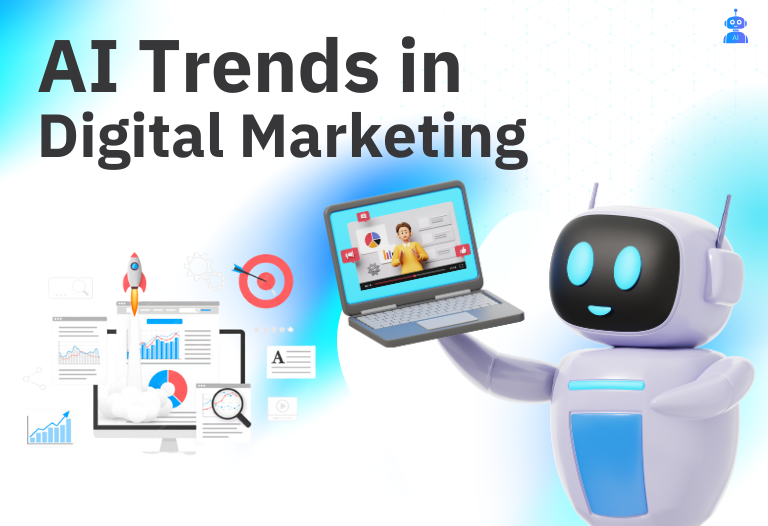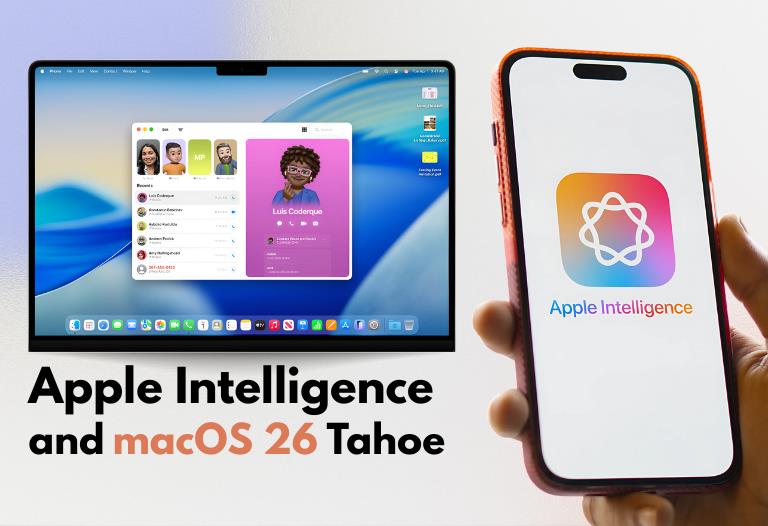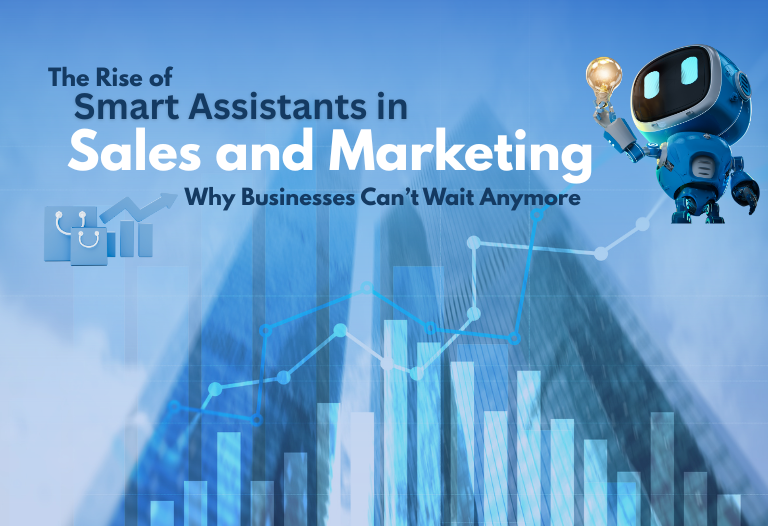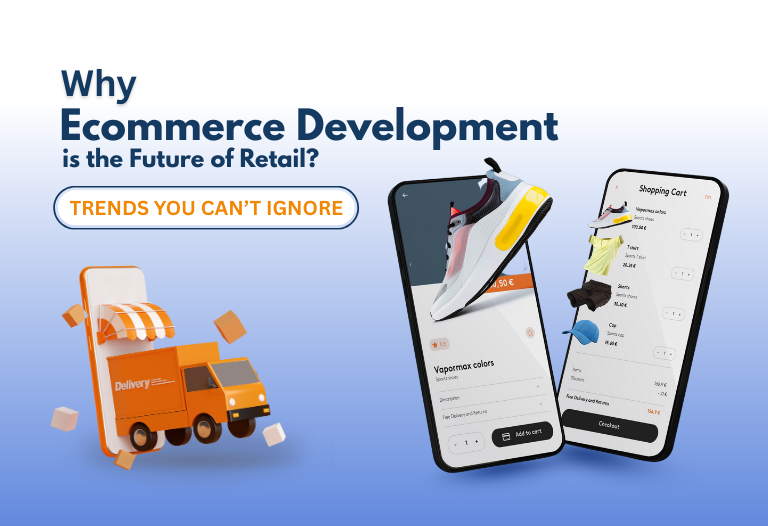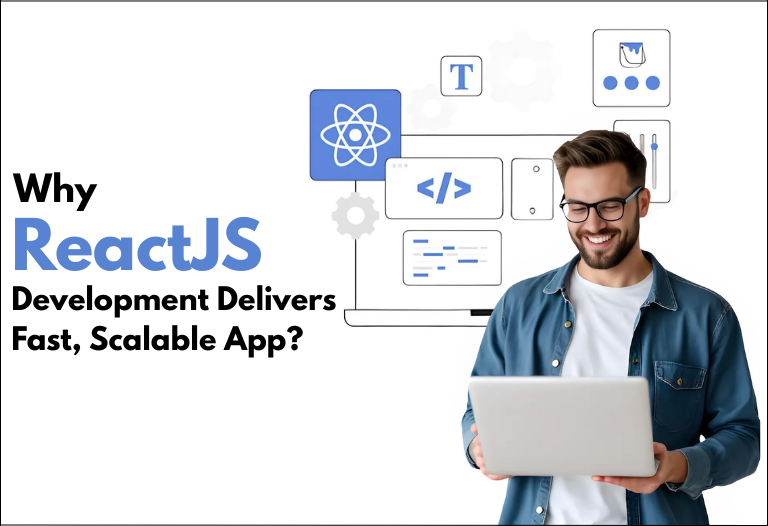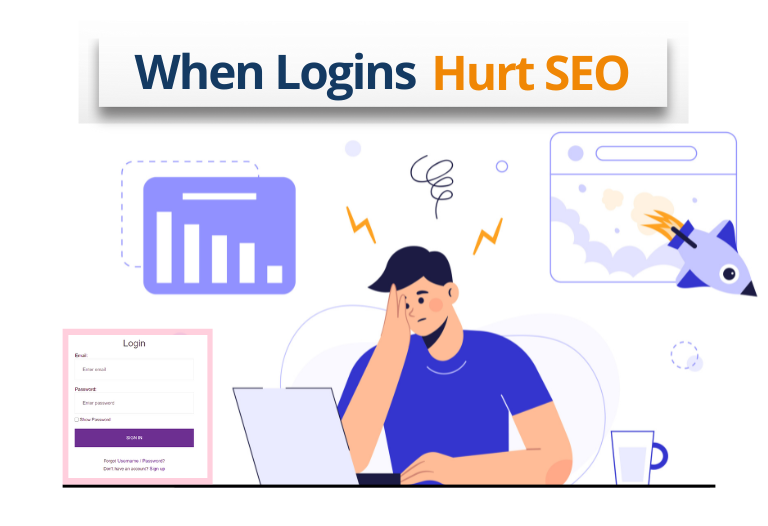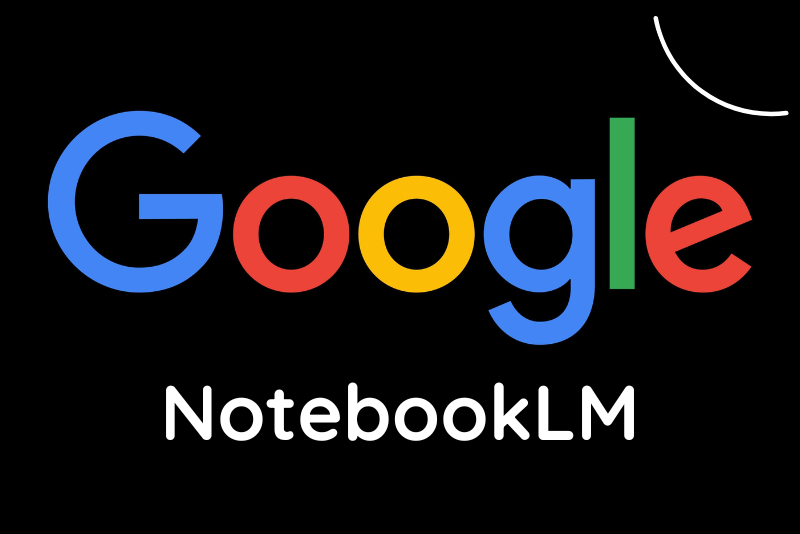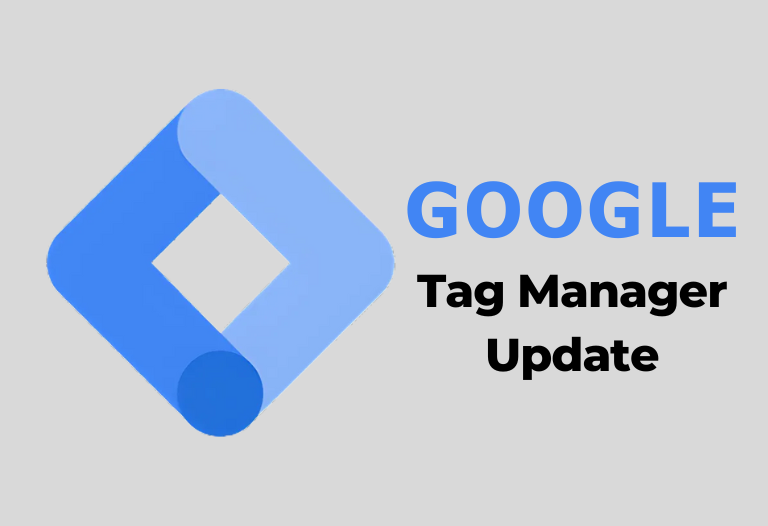
OpenAI is claiming that their latest language model, “o1” has the ability to reason like a human and is currently allegedly outperforming experts in math, coding, and scientific tests. However, industry experts are not buying it yet and claim that nothing can be affirmed until extensive independent tests can confirm the same.
Extraordinary Claims Backed by Benchmarks
In its announcement, OpenAI highlighted the o1 model’s achievements in several high-stakes testing environments. The company claims that o1 scores in the 89th percentile on Codeforces, a platform used for competitive programming challenges. Additionally, OpenAI states that the model ranks among the top 500 students nationally in the prestigious American Invitational Mathematics Examination (AIME), which elite math students typically take.
Further expanding on its capabilities, OpenAI asserts that o1 outperforms PhD-level subject matter experts in physics, chemistry, and biology when evaluated on a combined benchmark exam for these disciplines. These extraordinary claims raise significant excitement, though the AI community is waiting for independent evaluations to verify the model’s actual performance.
Reinforcement Learning Key to Success
OpenAI credits the breakthrough to o1’s use of reinforcement learning, a training method that teaches the model to approach complex problems step-by-step, similar to human thought processes. This “chain of thought” approach allows the model to reason through problems, identify mistakes, and adjust its strategies before delivering a final answer.
OpenAI believes the o1 model has advanced beyond traditional AI systems by simulating this human-like reasoning process. This methodology may provide improved accuracy in areas such as math, coding, and scientific problem-solving, positioning the model as a leading tool for tasks requiring high-level cognitive abilities.
Potential Implications for AI in Data Analysis and Digital Transformation
For industries relying on AI and machine learning (ML), the “o1” model’s enhanced reasoning abilities could have far-reaching implications. Improved problem-solving capacity could help businesses optimize operations, deliver more precise insights, and streamline workflows in areas such as AI ML services, data analysis, and digital transformation consulting.
Moreover, AI ML consulting firms like us can utilize the new o1 model for addressing complex client challenges, from coding optimization to scientific data analysis. OpenAI’s claims suggest the model could help businesses transform their digital operations by improving content interpretation and query responses, a critical component of AI-driven solutions.
The Need for Independent Verification
Despite OpenAI’s confidence in its new model, many industry experts caution that people need to be a bit more skeptical and not take everything on Open AI’s word. While benchmark results may be impressive, real-world tests are necessary to determine how well o1 performs in practical applications.
OpenAI must demonstrate the model’s efficacy in real-world scenarios, moving beyond its internal benchmarks to provide reproducible evidence. Independent third-party testing and transparency in how the model handles diverse problems will be essential in gaining widespread trust and adoption.
Future Applications and Testing
OpenAI plans to roll out o1 in real-world pilots, which could offer further insights into its practical uses. For businesses engaged in AI ML consulting, the model’s ability to reason through complex data and generate accurate responses could revolutionize sectors like data analysis, scientific research, and software development.
Nevertheless, until third-party validation is available, the true potential of OpenAI’s o1 model will remain uncertain. While the company’s claims are groundbreaking, the AI community is waiting for more concrete evidence before fully embracing this new technology.
Conclusion
OpenAI’s o1 model holds immense promise with its alleged human-like reasoning abilities, especially in AI ML services, data analysis, and digital transformation. However, independent verification and real-world pilots will give us a clearer picture of whether the o1 model truly lives up to its claims.




 September 23, 2024
September 23, 2024

